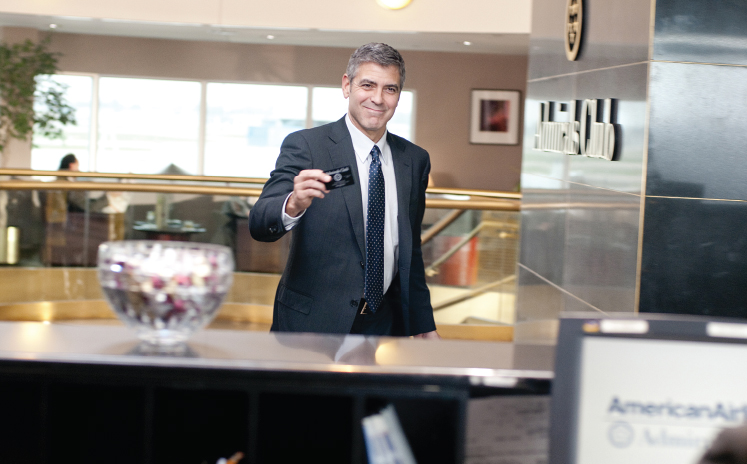Examining Ethics
EXAMINING ETHICS
Brand Integration, Everywhere
How clear should the line be between media content and media sponsors? Generations ago, this question was a concern mainly for newspapers, which (to maintain their credibility) worked to erect a “firewall” between the editorial and business sides of their organizations. This was meant to prevent advertising concerns from creeping into published articles and opinions. But early television and radio shows welcomed advertisers’ sponsorship of programs—sometimes even including product names in show titles. After television’s quiz show scandal (see Chapter 6), networks relegated advertisers to buying spot ads during commercial breaks.
Today, however, advertisers have found new ways to cut through the clutter and put their messages right in the midst of media content.
In television, getting product placements (also known as “brand integration”) during shows is much more desirable than running traditional ads. Reality TV programming, which can be structured around products and services, is especially saturated with brand integration. In fact, such episodes contain an average of 19 minutes and 42 seconds of brand integration appearances per hour. This is more than the time allotted for network TV commercials per hour, and nearly three times the amount of brand appearances in scripted programs (6 minutes and 59 seconds).1 For example, The Biggest Loser chronicles the weight losses of its contestants, who work out at 24 Hour Fitness, one of the program’s sponsors, and eat food from General Mills and Subway, two other advertisers.2

On the movie screen, a single product placement deal can translate into revenues ranging from several hundred thousand to millions of dollars. Sometimes the placements help fund production costs. For example, in Up in the Air, the 2009 film starring George Clooney as a frequent-flyer businessman, characters stay at a real hotel, a Hilton. Hilton gave free lodging to the crew and promoted the film “on everything from key cards to in-room televisions to toll-free hold messages.”3 In return, Hilton was prominently displayed in the film and the company was able to ensure that the movie portrayed its employees and business in a favorable manner.
Now, digital technology makes it even easier to put product placements in visual media. Movies, TV shows, and video games can add or delete product placements, such as inserting a box of branded crackers in a kitchen scene during a show or removing a branded billboard from a video game. Advertising can be digitally integrated into older media that didn’t originally include product placement. On the Internet, some bloggers and Twitter users write posts on topics or products because they’ve been paid or given gifts to do so.
The rules on disclosure for product placements are weak or nonexistent. Television credits usually include messages about “promotional consideration,” which means there was some paid product integration, but otherwise there are no warnings to the viewers. Movies have similar standards. The Writers Guild of America has criticized the practice, arguing that it “forces content creators to become ad writers.”4 In fact, some writers say that it is easier to get a studio to buy a script or finance a project if brand integrations are already secured.
In contrast, the Federal Trade Commission requires bloggers to disclose paid sponsorships or posts, but it’s not clear yet how well product placements on the Internet are being monitored. In newspapers, where the “firewall” remains important, the Society of Professional Journalists Code of Ethics calls for journalism to “distinguish news from advertising and shun hybrids that blur the lines between the two.” For the rest of the media, however, such hybrids are increasingly embraced as a common and effective form of advertising. 